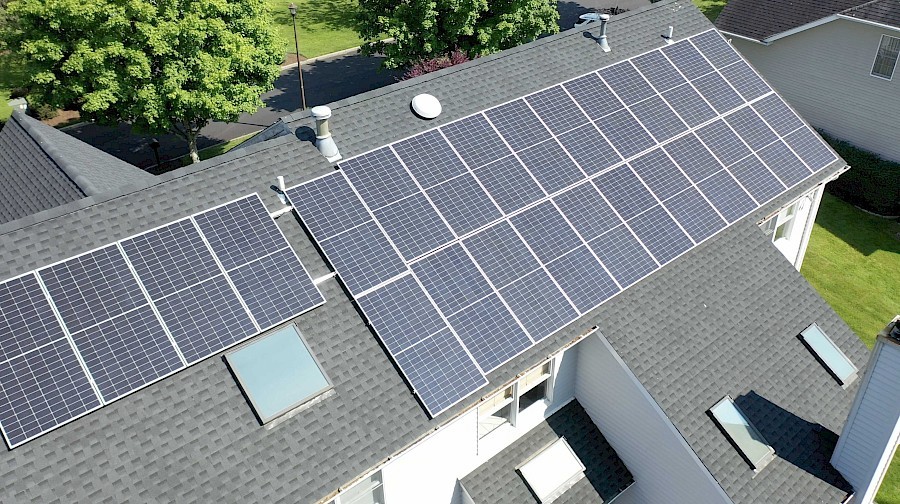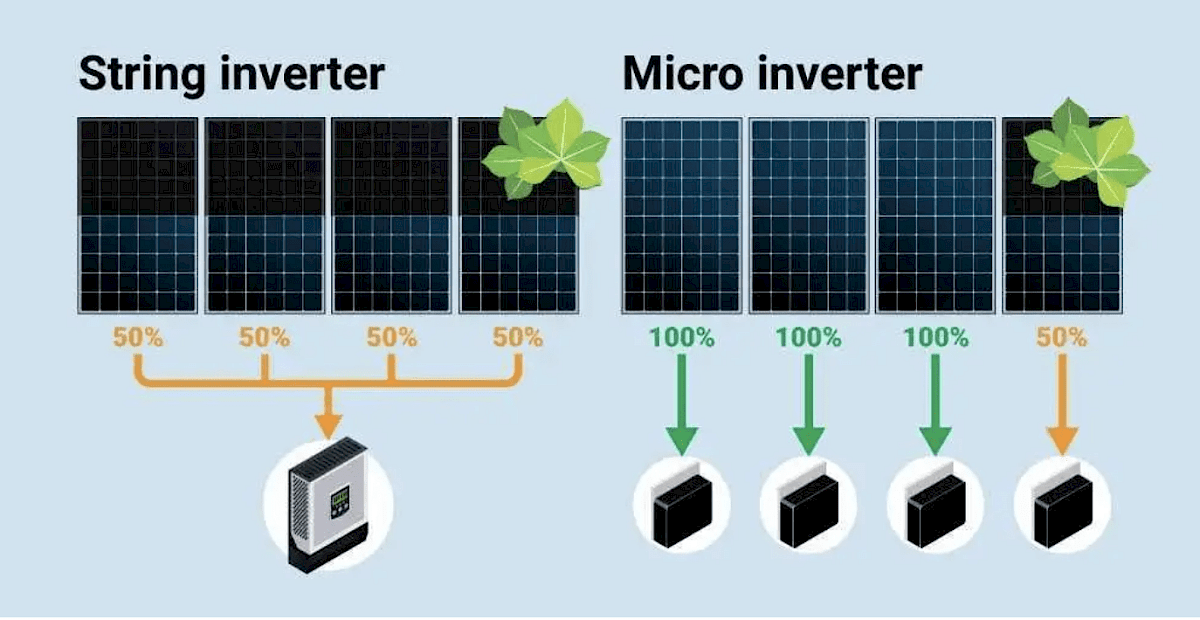This is a slightly technical article meant to correct for some of the misinformation that's out there, including on well-known websites like SolarReviews.com.
Primarily, it's meant to debunk the below graph:
The above graph is an oversimplification deployed by solar companies and solar enthusiasts who simply don't understand how solar modules (panels) work and or are unaware of advances in module level power electronics (MLPE), such as micro inverters and power optimizers.
In most string inverter installations, except for those at utility scale, string inverters are paired with DC optimizers to comply with rapid shutdown rules. These optimizers perform two primary functions. First, they calibrate irradiance (sunlight which increases current) against the panel's output voltage in order to maximize total power output. This process is called maximum power point tracking.
Each optimizer is equipped with a feature called maximum power point tracking. The optimizer is constantly monitoring the irradiance (amount of sunlight) that the panels are receiving and calibrating the voltage and current accordingly. For example, if one panel get's shaded, the optimizer might raise the current and lower the voltage to match that of the rest of the string, to isolate the power output from that one panel and calibrate it to fit in with the broader power output of the panel.
But if you're in a field, in a area where shade is absolutely not a factor, then you might not need optimzier's at all! A no-optimizer string inverter system is cheaper than one that uses optimizers. Barns, sheds in the middle of open land, groundmounts, these are often strictly string inverter systems.
Regardless, whatever your particular sitaution, Rivertown Solar will be sure to do a thorough assessment of your site and present you with the best options for your home or business.

